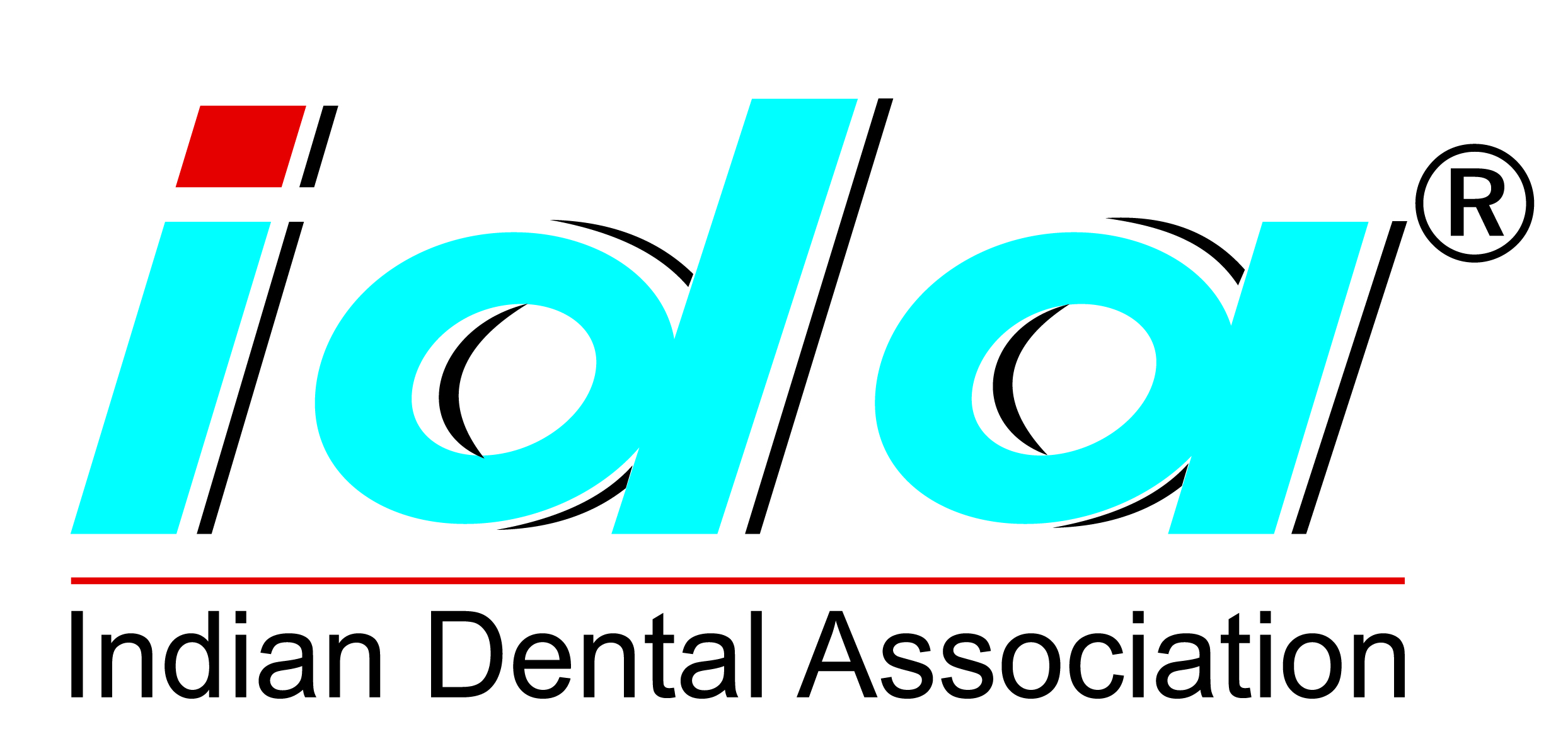An antifungal drug treats fungal infections. Fungal disease may take the form of
superficial infestations involving the skin or mucous membrane or systemic infections
involving various organs. Topical infections are mainly caused by Candida albicans
fungus commonly seen in oral infections. Often these infections are rather benign,
but may indicate serious systemic conditioned such as immunodeficiency.
Systemic infections are mainly divided into two groups depending on the status of
the patient and the type of infecting organism.
Opportunistic infection occurs in debilitated and immunocompromised patients and
in patients who receive immunosuppressive agents. Endemic infection are caused by
various pathogens distributed unevenly in the environment, but they have low survival
in temperate climate.
This drug belongs to the polyene group and is derived from the Streptomyces nodosus.
Brand Name: Fungizone intravenous, Mycol 50 mg vial.
Amphotericin B binds with ergosterol the main component of fungal cell membranes,
forming a transmembrane channel that leads to Na+, K+ and H+ ions leakage and fungal
cell death.
-
Oral preparations of Amphotericin B are used to treat oral thrush or Oral candidiasis
these are virtually nontoxic, in contrast to typical I.V. doses.
-
One of the main intravenous uses is in treating various severe progressive systemic
fungal infections (e.g. in critically ill, immuno compromised patients).
-
It is a reserve drug for resistant cases of kala azar and mucocutaneous leishmaniasis.
-
The only side effect of topical application and oral administration of amphotercin
B are local irritation and mild gastrointestinal disturbance. I.V. Amphotericin
B is well-known for its severe and potentially lethal side effects. Very often a
serious acute reaction after the infusion (1 to 3 hours later) is noted consisting
of high fever, shaking chills, hypotension, anorexia, headache, dyspnoea and tachypnoea.
This reaction sometimes subsides with applications of the drug and may in part be
due to histamine liberation. An increase in prostaglandin- synthesis may also play
a role. This nearly universal febrile response necessitates a critical (and diagnostically
difficult) professional diagnosis as to whether the onset of high fever is a novel
symptom of a fast- progressing disease or merely the induced effect of the drug.
-
Intravenously administered Amphotericin B has also been associated with multiple
organ damage in therapeutic doses. Nephrotoxicity is a frequently reported side-effect
and can be severe and/or irreversible. Electrolyte imbalances may also result.
This drug belongs to the polyene group and is derived from the Streptomyces noursei.
Brand Name: Mycostatin 5lac U tab, 1 lac U/g ointment.
-
Primarily used to treat candidal infection of the mucosa, skin, intestinal tract
and vagina.
- It is the drug of choice in treatment of oral candidal infection.
-
It is usually well tolerated and only mild and transient gastrointestinal disturbances
such as nausea, vomiting and diarrhoea may be observed.
It is an Immidazole antifungal drug.
Brand Name: Surfaz, Clotrin, Cloderm 1% lotion, cream, powder. Candid 1% cream ,
gel, lotion, powder.
Immidazole and Triazole inhibit an enzyme involved in the synthesis of ergosterol.
- In cases of topical oral candidiasis
- Irritation associated with topical application.
- Mild gastrointestinal disturbance on oral administration.
Brand Name: Fungicide, Nizral, Funazole, Ketovate 200 mg tab.
Immidazole and Triazole inhibit an enzyme involved in the synthesis of ergosterol.
-
Useful in treatment of blastomycosis, histoplasmosis, coccidioidomycosis and paracoccidioidomycosis.
- Chronic mucocutaneous candidiasis.
- Oral candidiasis.
- Oral and pharyngeal candidiasis in AIDS patients.
-
Nausea and vomiting are the most common, but this can be decreased by taking the
drug with food.
-
Other side effects include anorexia, epigastric pain, headache, gingival bleeding,
paraesthesia, rash and thrombocytopenia.
- Severe hepatotoxicity has also been reported.
Brand Name: Daktarin 2% gel, 2% powder and solution.
Immidazole and Triazole inhibit an enzyme involved in the synthesis of ergosterol.
- Cutaneous candidiasis and vulvovaginitis caused by C. albicans.
-
Parentral administration is useful in treatment of coccidioidomycosis, paracoccidioidomycosis,
cryptococcosis, systemic candidiasis and mucocutaneous candidiasis.
-
Topical administration of miconazole is rare, but burning, skin macerations, itching
and redness can develop.
- On I.V. administration thrombophlebitis is common .
- Nausea and vomiting may also occur.
-
Less common side effects include fever, allergic reactions, hyperlipideamia, anaemia,
thrombocytosis.
Brand Name: Grisovin -FP, Dermonorm 250, 500 mg tabs.
Griseofluvin interferes with mitosis resulting in multinucleated and stunted fungal
hyphae. It also causes abnormal metaphase.
- It is systematically used for dermatophytosis.
-
Common side effects
-
Headache, gastrointestinal disturbances, CNS symptoms and peripheral neuritis.
-
Occasional side effects
- Rashes, photoallergy.
- Transient leukopenia and albuminuria are infrequent.





